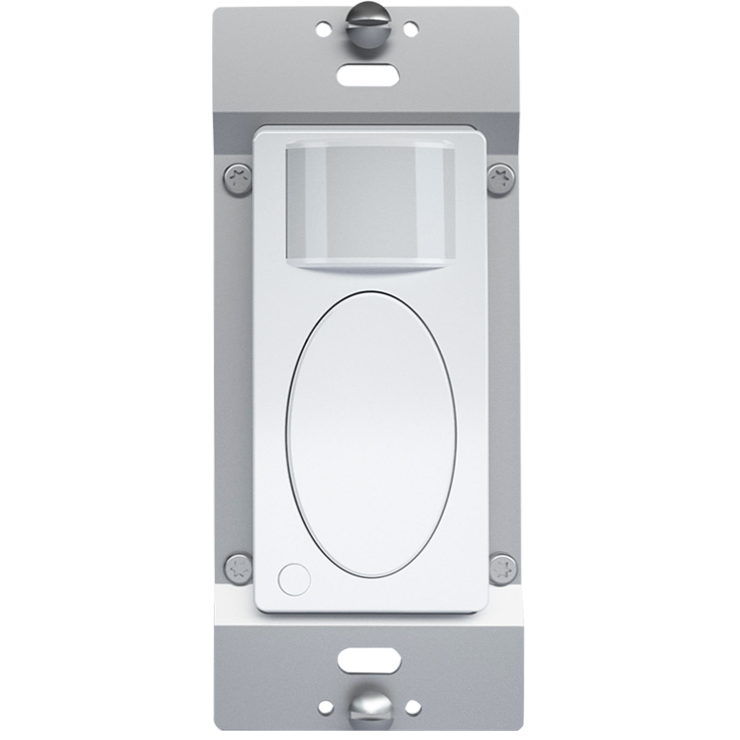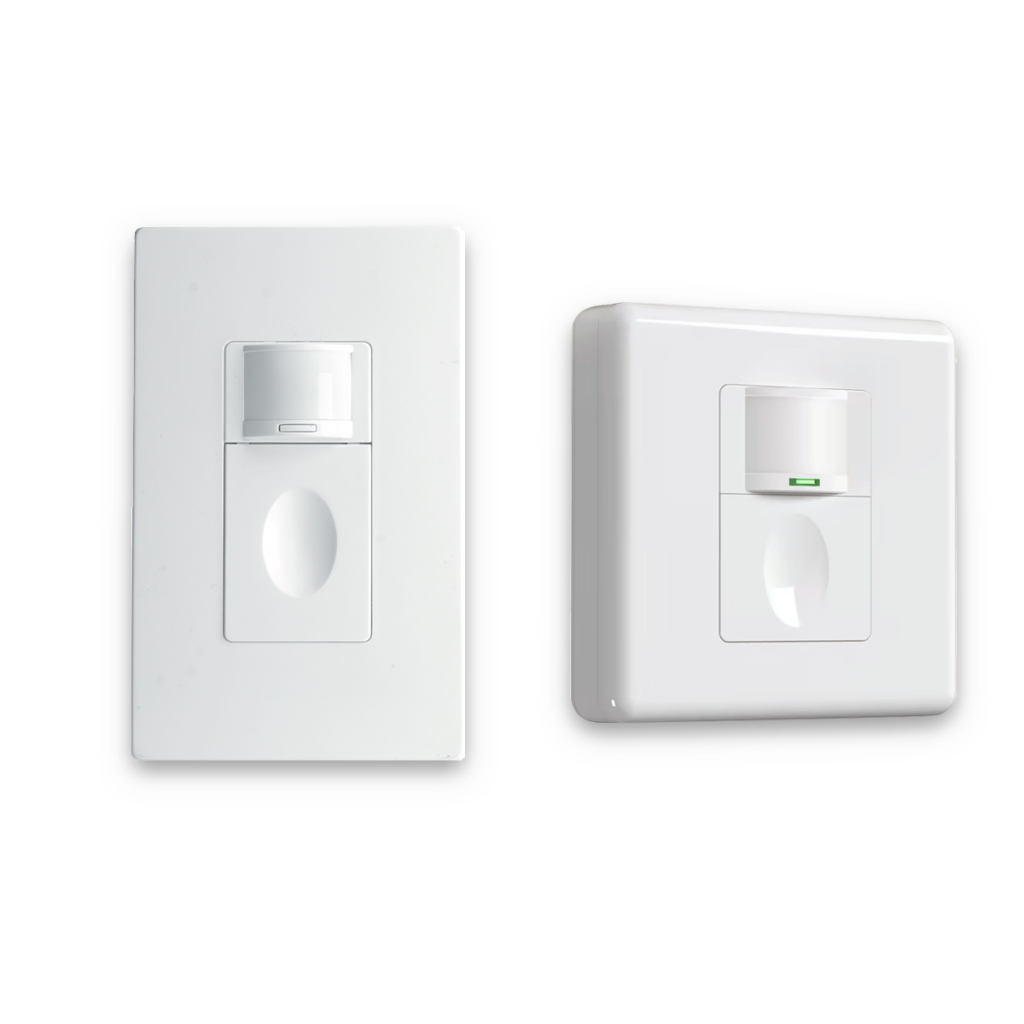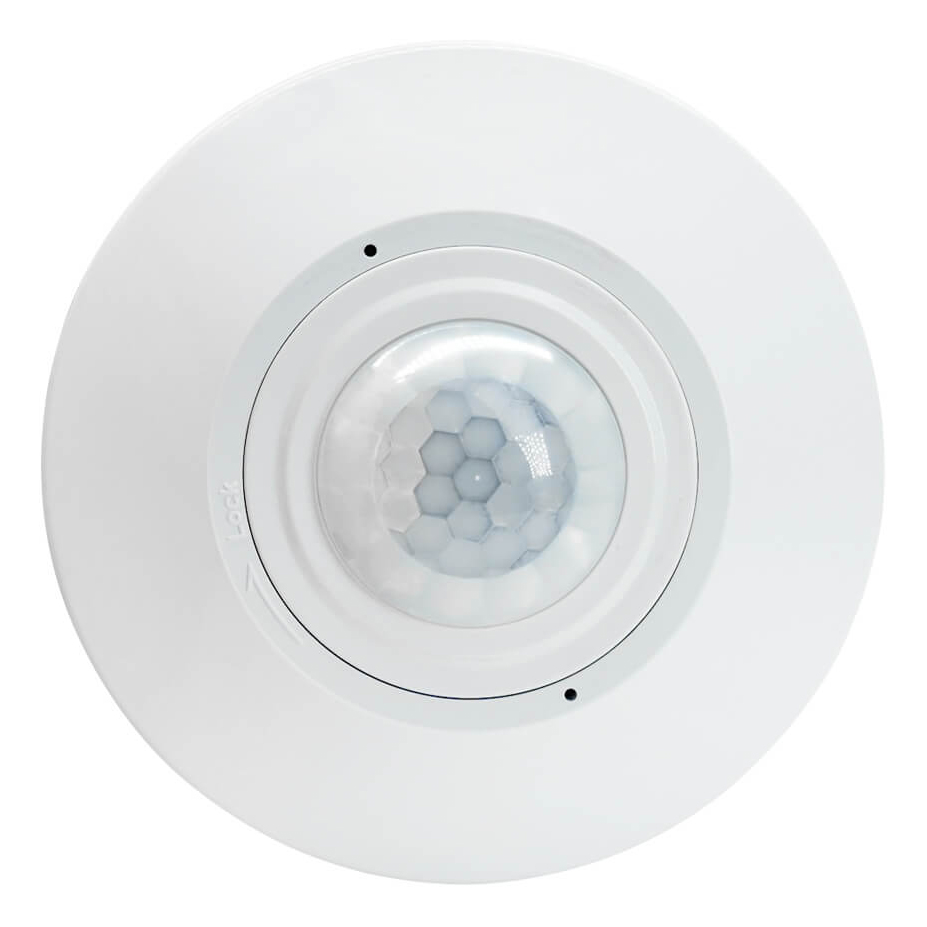
storage rooms
Discover the energy-saving potential of storage rooms with Rayzeek’s occupancy sensor design guide.

Maximize Energy Efficiency in Storage Rooms with Occupancy Sensors
Storage rooms, often overlooked, are integral parts of commercial buildings. These spaces are typically filled with shelves, boxes, and various items, and are used for storing supplies, equipment, or archived documents. Lighting in these areas is crucial for visibility and safety, but it can also be a significant source of energy waste. Traditional lighting systems in storage rooms are often left on unnecessarily, leading to high energy consumption and costs.
Moreover, storage rooms are usually equipped with fluorescent or LED lights, which, while energy-efficient, can still consume a considerable amount of power when left on for extended periods. The sporadic and unpredictable nature of storage room usage further exacerbates this issue, as lights are often left on even when the room is unoccupied, leading to unnecessary energy waste.
This energy wastage can be mitigated by using occupancy sensors. These devices automatically control lighting based on the presence or absence of people, ensuring lights are only on when needed. By installing occupancy sensors in storage rooms, businesses can significantly reduce their energy consumption, lower their utility bills, and contribute to a more sustainable environment.
Meet the Energy Codes

The International Energy Conservation Code (IECC) is a model code developed by the International Code Council (ICC) to establish minimum design and construction requirements for energy efficiency in buildings. The IECC is updated every three years to incorporate the latest in energy conservation practices and technologies.
IECC, Why You Should Care
IECC is widely adopted by states and municipalities across the United States. IECC covers various aspects of energy use, including the building envelope (walls, roofs, and windows), heating and cooling systems, and lighting systems.
IECC mandates specific lighting controls, such as occupancy sensors, to minimize energy wastage in unoccupied spaces in various areas.

ANSI/ASHRAE/IES Standard 90.1, Energy Standard for Sites and Buildings Except Low-Rise Residential Buildings, is a widely recognized energy standard published by the American Society of Heating, Refrigerating and Air-Conditioning Engineers (ASHRAE).
ASHRAE 90.1, Why You Should Care
ASHRAE 90.1 is used as a benchmark for building energy codes across the United States and serves as a compliance path within the IECC which outlines minimum requirements for the energy-efficient performance of commercial buildings’ components including building envelopes, HVAC systems, water heating systems, and lighting systems.
ASHRAE 90.1 standard specifies maximum allowable lighting power densities and minimum lighting control requirements, including the use of occupancy sensors in specific areas.

Title 24, part 6 of the California Building Standards Code, officially known as the Building Energy Efficiency Standards for Residential and Nonresidential Buildings, Title 24 is administered by the California Energy Commission and is updated periodically to reflect new energy efficiency technologies and methods.
Title 24, Why You Should Care
Title 24 is known for its rigorous requirements, often considered more stringent than those found in many other energy codes across the United States. Title 24 mandates strict energy performance standards for all aspects of building construction, which includes heating, ventilation, air conditioning (HVAC), water heating, and lighting.
Title 24 requires the installation of occupancy sensors that adjust lighting based on room occupancy in specific areas of commercial buildings to ensure that energy is not wasted.
Energy Code Adoption by State

Expand to see the detailed table ↓
| State | Current Commercial Code | Commercial Code Efficiency Category |
|---|---|---|
| Alabama | 90.1-2013 | 90.1-2013 |
| Alaska | None statewide | No statewide code |
| Arizona | Home rule | <90.1-2007 |
| Arkansas | 2009 IECC and 90.1-2007 | 90.1-2007 |
| California | 2022 Building Energy Efficiency Standards | 90.1-2019 |
| Colorado | Home rule | No statewide code |
| Connecticut | 2021 IECC and 90.1-2019 | 90.1-2019 |
| Delaware | 2018 IECC and 90.1-2016 | 90.1-2013 |
| District of Columbia | 90.1-2013^ | 90.1-2019 |
| Florida | 2021 IECC and 90.1-2019^ | 90.1-2016 |
| Georgia | 2015 IECC and 90.1-2013^ | 90.1-2013 |
| Hawaii | Home rule | 90.1-2013 |
| Idaho | 2018 IECC and 90.1-2016 | 90.1-2013 |
| Illinois | 2021 IECC and 90.1-2019 | 90.1-2019 |
| Indiana | 90.1-2007 | 90.1-2007 |
| Iowa | 2012 IECC and 90.1-2010 | 90.1-2007 |
| Kansas | Home rule | No statewide code |
| Kentucky | 2012 IECC and 90.1-2010 | 90.1-2007 |
| Louisiana | 2021 IECC and 90.1-2019^ | 90.1-2016 |
| Maine | 2015 IECC and 90.1-2013 | 90.1-2013 |
| Maryland | 2021 IECC and 90.1-2019^ | 90.1-2019 |
| Massachusetts | 2018 IECC and 90.1-2016^ | 90.1-2019 |
| Michigan | 2015 IECC and 90.1-2013^ | 90.1-2013 |
| Minnesota | 90.1-2019^ | 90.1-2019 |
| Mississippi | None statewide | No statewide code |
| Missouri | Home rule | No statewide code |
| Montana | 2021 IECC and 90.1-2019 | 90.1-2019 |
| Nebraska | 2018 IECC and 90.1-2016 | 90.1-2013 |
| Nevada | 2018 IECC and 90.1-2016 | 90.1-2013 |
| New Hampshire | 2018 IECC and 90.1-2016^ | 90.1-2013 |
| New Jersey | 90.1-2019 | 90.1-2019 |
| New Mexico | 2021 IECC and 90.1-2019^ | 90.1-2019 |
| New York | 2018 IECC and 90.1-2016^ | 90.1-2016 |
| North Carolina | 2015 IECC and 90.1-2013^ | 90.1-2010 |
| North Dakota | Home rule | No statewide code |
| Ohio | 2021 IECC and 90.1-2019^ | 90.1-2016 |
| Oklahoma | 2006 IECC and 90.1-2004 | <90.1-2007 |
| Oregon | 90.1-2019 | 90.1-2019 |
| Pennsylvania | 2018 IECC and 90.1-2016 | 90.1-2013 |
| Rhode Island | 2018 IECC and 90.1-2016^ | 90.1-2013 |
| South Carolina | 2009 IECC and 90.1-2007 | 90.1-2007 |
| South Dakota | Home rule | No statewide code |
| Tennessee | 2021 IECC and 90.1-2013 | 90.1-2007 |
| Texas | 2015 IECC and 90.1-2013 | 90.1-2013 |
| Utah | 2021 IECC and 90.1-2019^ | 90.1-2019 |
| Vermont | 2021 IECC and 90.1-2019^ | 90.1-2019 |
| Virginia | 2021 IECC and 90.1-2019^ | 90.1-2019 |
| Washington | 2018 Washington State Energy Code | 90.1-2019 |
| Tennessee | 2012 IECC and 90.1-2010 | 90.1-2007 |
| Texas | 2015 IECC and 90.1-2013 | 90.1-2013 |
| Utah | 2021 IECC and 90.1-2019^ | 90.1-2019 |
| Vermont | 2018 IECC and 90.1-2016^ | 90.1-2019 |
| Virginia | 2021 IECC and 90.1-2019^ | 90.1-2019 |
| Washington | 2018 Washington State Energy Code | 90.1-2019 |
| West Virginia | 90.1-2013 | 90.1-2013 |
| Wisconsin | 2015 IECC and 90.1-2013^ | 90.1-2010 |
| Wyoming | Home rule | No statewide code |
- ^ When an amendment impacting energy efficiency can be quantified using DOE Prototype Building Models, they were captured in the analysis.
- For states adopting both IECC and 90.1, the IECC code is usually analyzed as the state current code in this study except for states with extensive amendments to the IECC.
Design Guide Key Concepts for Private Offices
Designing an energy-efficient lighting control solution for private offices involves strategic placement of occupancy sensors to ensure comprehensive coverage of the space.
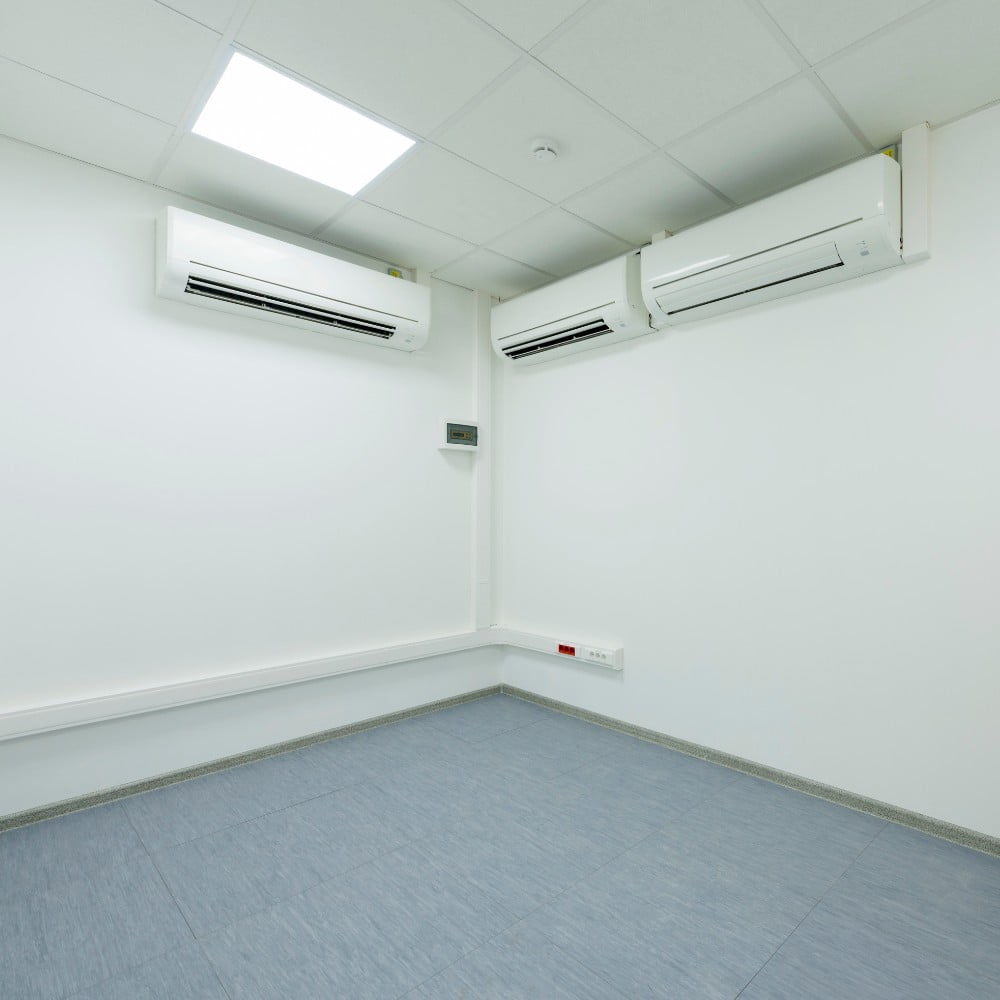
In a storage room, the primary areas that require lighting are the main walkways and the individual aisles between shelves. Here are some guidelines to follow:
- Main Walkways: Install ceiling occupancy sensors at regular intervals along the main walkways. These sensors should be set to Auto ON and Full OFF mode, ensuring that lights turn on automatically when someone enters the walkway and turn off when the area is vacant.
- Individual Aisles: For individual aisles between shelves, consider installing wall occupancy sensors at the entrance of each aisle. These sensors can detect when someone enters the aisle and turn on the lights accordingly. Given the sporadic usage of these aisles, the sensors should be set to Manual ON and Full OFF mode. This means that the lights will only turn on when manually switched on but will turn off automatically when the aisle is vacant.
- Entrance Area: The entrance area of the storage room should have a wall sensor switch that allows manual control of all lighting in the room. This switch can be used to turn all lights on or off as needed, providing an additional layer of control.
- Sensor Placement Considerations: When placing sensors, ensure they are not located near air vents or other sources of movement that could trigger false positives. Also, ensure that the sensors’ field of view is not obstructed by shelves or stored items.
- Sensor Height: Consider the height of the sensor installation. Sensors should be installed at a height that allows for optimal coverage of the room, taking into account the height of stored items.
- Manual Control: Incorporate manual controls to allow users to turn ON/OFF all lighting when needed. This can be particularly useful in storage rooms where lighting may be required for extended periods during inventory checks or reorganization tasks.
Featured Products & Solutions
Core features included:
- Integrated manual ON/OFF control for all lighting
- Vacancy sensors (Manual ON only): Lights must be turned on manually only
- Adjustable time-delay, lighting is automatically turned full OFF after 15mins
- Additional: multi-location wireless kits to expand the control range without re-wring
- Additional: multiple wiring options available for both new constructions and retrofit projects.
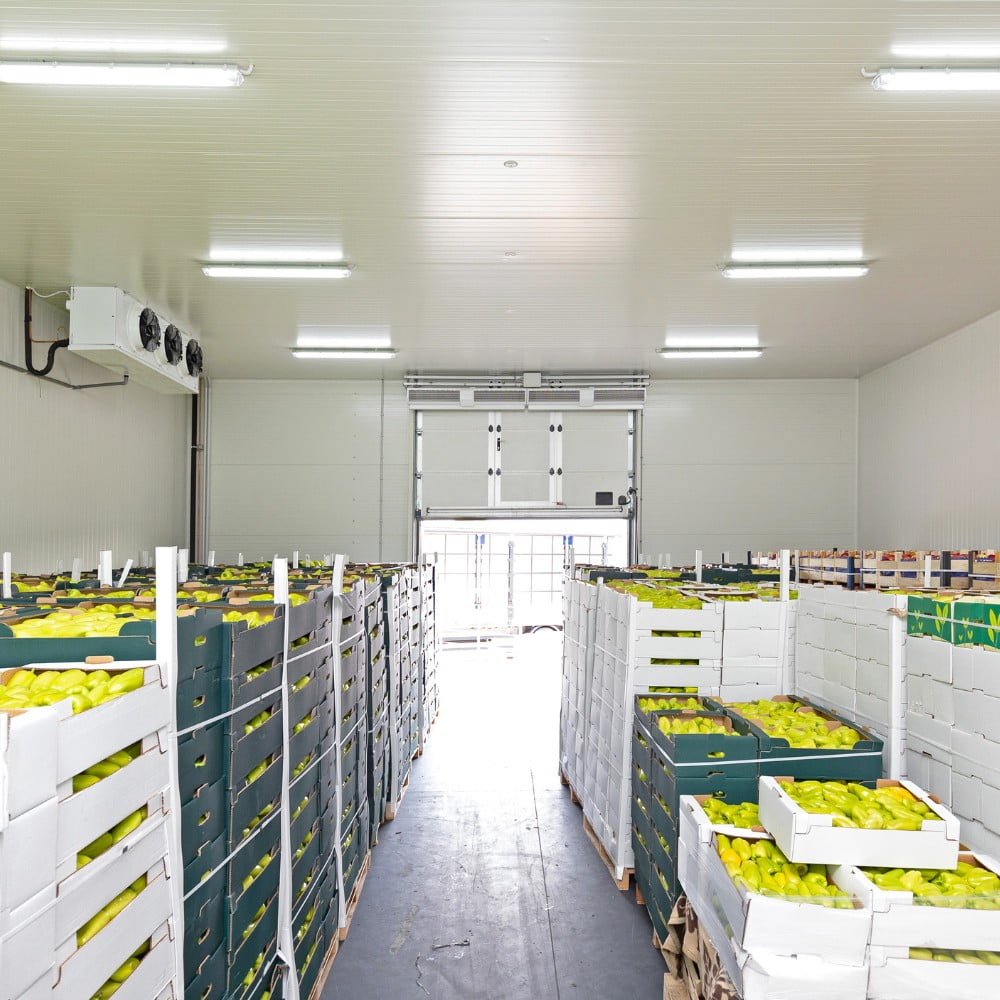
Meets the Mandatory Provisions
IECC – 2011
C405.2.1 Occupant sensor controls
Occupant sensor controls shall be installed to control lights in the space.
C405.2.1.1 Occupant sensor control functions
- Manual on or partial on to no more than 50% power.
- Full off within 20 minutes after all occupants have left the space
- A manual control to turn off the lights.
ASHRAE 90.1 – 2022
9.4.1.1 a Local control
There shall be one or more manual lighting control device that provides ON and OFF control
of all lighting in the space.
9.4.1.1 H Automatic full OFF control
All lighting in the space shall be automatically shut off within 20 minutes of all occupants leaving the space
Additionally, for storage rooms with sizes <50 ft2:
9.4.1.1 b Restricted to manual ON
None of the lighting shall be automatically turned on
Title 24 – 2022
130.1 (a) Manual area controls.
Each area enclosed by ceiling-height partitions shall provide lighting controls that allow the lighting in that area to be manually turned on and off.
130.1 (c) Shut-OFF Controls.
Lighting shall be controlled with occupant sensing controls to automatically shut OFF all of the lighting in 20 minutes or less after the control zone is unoccupied that shall function either as:
- A. Occupant sensing controls (if 130.1(b) not required to have multi-level lighting controls); or
- B. Partial-ON occupant sensing controls, or
- C. Vacancy sensing controls, where all lighting responds to a manual ON input only
Let us hear you.
Let Rayzeek help design and deliver a bespoke energy-saving lighting solution for you.


